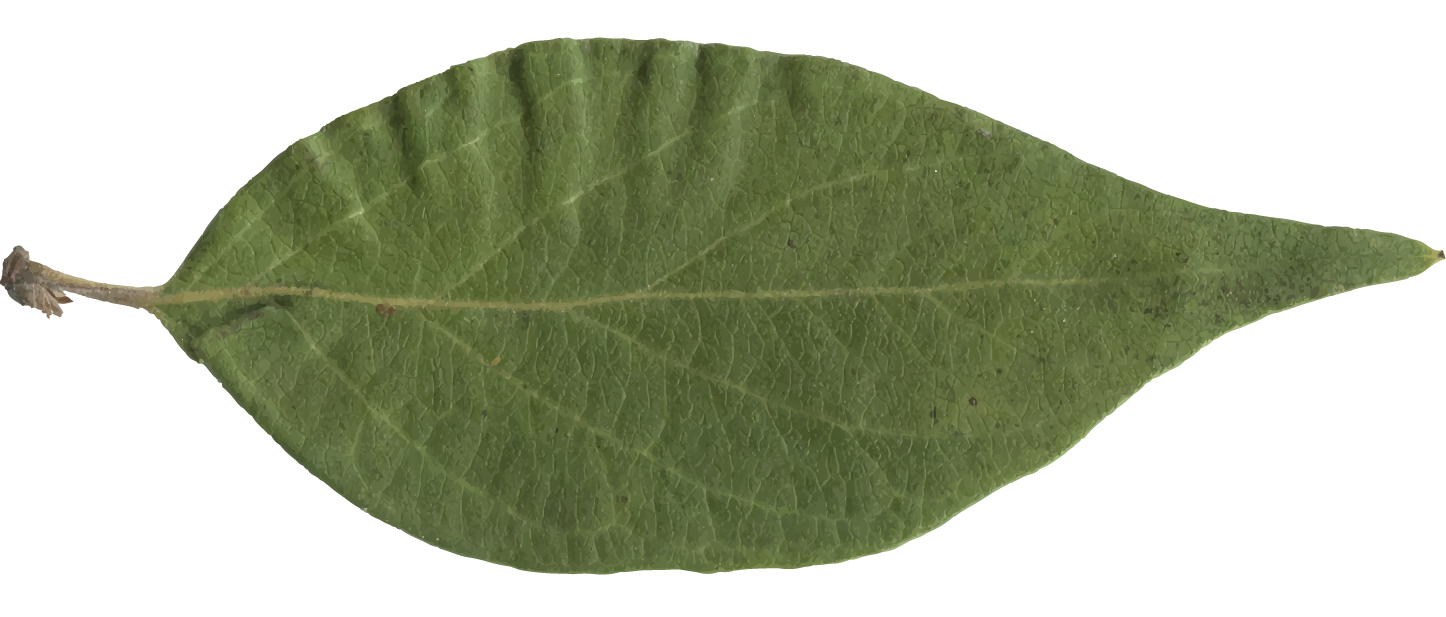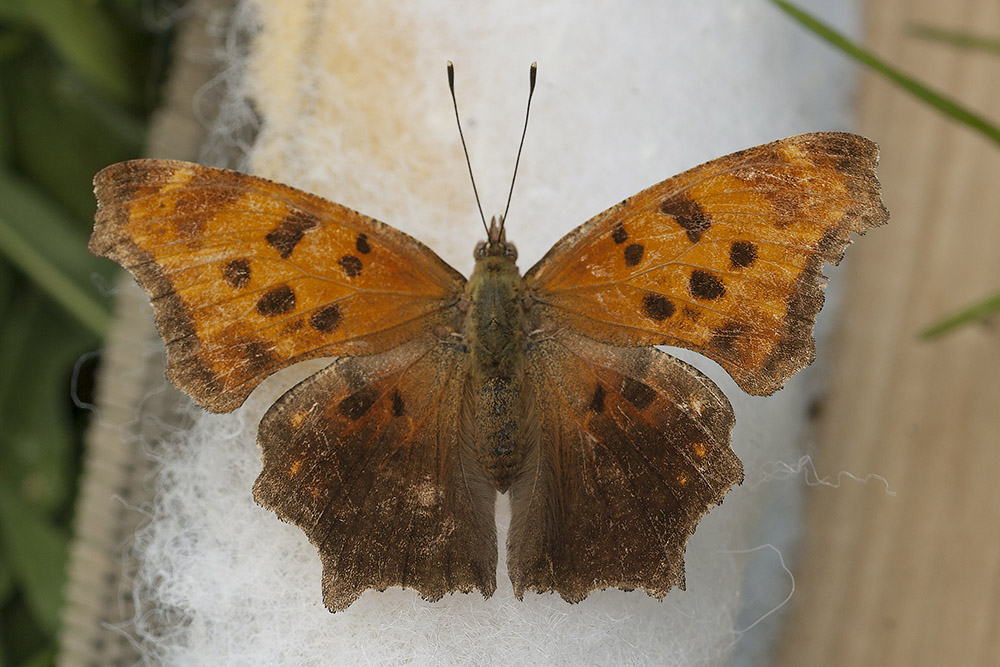ECOLOGY ▪ EDUCATION ▪ ADVOCACY
Acuminate: Tapering to a point

Alternate Leaves: An arrangement of leaves and buds that occur in succession along a branch, one per node. (See also opposite leaves and whorled leaves).

Ament: (See catkin)
Animal: Any member of the kingdom Animalia. Animals are heterotrophic, multicellular organisms. They lack the rigid cellular walls found in plants and fungi, which allows for motility and a variable physical structure and cell specialization. Nearly all animals can reproduce sexually, consume organic material, and breathe oxygen.
Antemedial (AM) Line: In Lepidoptera, a wing line that, when present, is located immediately before the median line and typically about one-quarter to one-third of the distance between the base of the wing and the outer margin.

Antennae: Plural of antenna, in arthropods, paired, segmented, sensory organs attached to the head. The form and function of antennae vary with the organism, who may use them for touch, smell, reproduction, motility, or other purposes.

Anther: In flowering plants, the terminal portion of the stamen, which bears the pollen.

Apex: In botany, the tip or top of a structure. In zoology, the outermost point of an insect's wing.

Apical Bud: See terminal bud.
Axial Bud: See lateral bud.
Axis: See rachis.